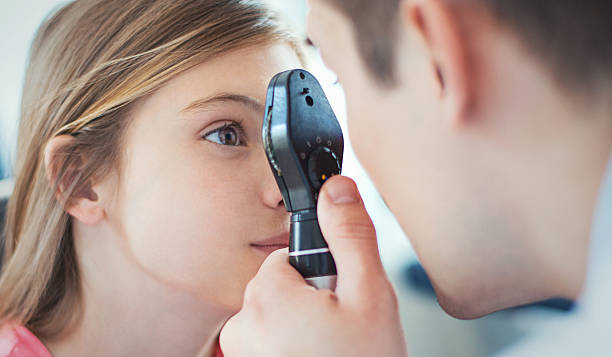Amblyopia, more commonly known as lazy eye, is a visual disorder that affects only one eye. It occurs when the brain and eye are unable to work together as a team like they usually do.
Read on to learn more about amblyopia and how vision therapy can help.
What is amblyopia?
Normally, our eyes send information and messages to our brains. However, when it comes to amblyopia, the nerve pathways between the brain and eye do not operate or function with one another correctly, making the brain ignore the information coming from the affected eye. This causes the brain to favor and rely on the stronger eye.
People affected by amblyopia are prone to issues with depth perception, eye movements related to reading, daily visual tasks, difficulty seeing 3D images, and so on.
While amblyopia affects both children and adults, it is the leading cause of vision loss among children. Like many visual disorders, there are common symptoms of amblyopia. However, these symptoms are not always easy to detect and may be missed during eye exams or vision screenings.
Common symptoms include:
- Balance issues, such as tripping
- Squinting or shutting one eye
- Poor hand-eye coordination
- Lack of depth perception or peripheral vision
- Frequent eye shaking or head tilting
- Lack of smoother eye movements, like eyes moving in different directions when trying to focus
- Slower reading skills and comprehension
What causes amblyopia?
More often than not, amblyopia is caused by an unusual visual experience early on in life, thus altering the nerve pathways that connect the eyes to the brain. Due to our brain’s neuroplasticity and adaptability at young ages, almost anything that can blur a child’s vision or make their eyes cross can ultimately result in amblyopia.
There are three common causes:
- Muscle imbalance – Imbalance in the muscles that position the eyes can cause them to cross, turn out, and work against one another rather than together
- Major optical difference – A considerable difference between each eye’s prescription can result in lazy eye, most commonly when it comes to farsightedness
- Form deprivation – Obstructions of vision, such as cataracts, diminish clear vision in one eye, leading your brain to rely on the stronger eye
How can vision therapy help?
It’s important to note that while no one outgrows amblyopia, it is still treatable at any age. However, the earlier the problem is detected, the more effective the treatment will be, as some aspects of vision therapy rely heavily on the brain’s neuroplasticity. Children’s brains tend to have more neuroplasticity than adults. If left untreated, vision therapy treatment could potentially take longer as you get older.
Vision therapy is similar to physical therapy – it aims to improve flexibility, endurance, and speed, but for your eyes rather than your muscles. It can also help develop stronger visual skills, such as visual processing speed and motor responses like hand-eye coordination.
In physical therapy, you focus on exercises that strengthen your muscles or help your body relearn muscle function. Similarly, vision is a learned process, meaning vision therapy focuses on relearning or enhancing visual functions such as perception, hand-eye coordination, visual motor integration, and so on.
If you find yourself searching for ADHD doctors near me, look no further than Dr. Seiderman and his team of professionals. Here at the Vision Development Center Of Lancaster, most vision-related problems can be eliminated or improved in twelve office visits.
Whether you want to learn more about ADHD therapy for your child, vision therapy for yourself, or anything in-between, we’re here to help improve or eliminate these and many other conditions. Take our vision quiz today and see how we can help!

